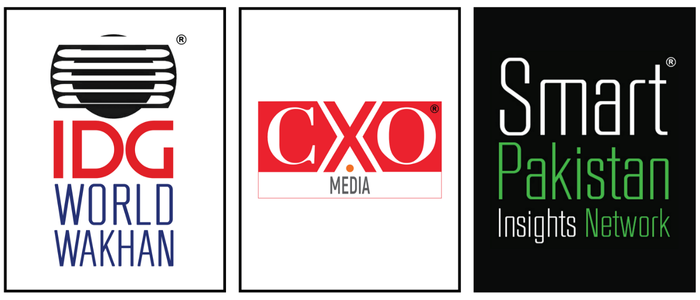Dr Aamir Matin takes a look at the role of the internet during the Media Blackout in Pakistan in November 2007
They say the one thing that causes widespread panic, is the lack of information. So when the all the local channels went off the air in early November, the public turned to the internet, normally used not as a source of information but as a source of entertainment.
During the first few hours after the blackout, there were almost 13,000 news-related entries online about the situation. Several days later, there are almost 90,000 being listed on the Google news aggregator. Hundreds of thousands of visitors spread themselves online to either find information, while others used the massive network in its true Web 2.0 spirit – to post up and share whatever bits of information they could find on public websites that already attracted high traffic.
Communities sprouted up throughout Facebook and Orkut, mobilizing like-minded people to their respective corners, and heated discussion threads continue to take over the pages. Portals such as pkpolitics.com and pkunited.com arranged for videos from Geo and ARY One World feeds to be uploaded so that people could at least see the recorded clips which were no longer available over the airwaves. Blog sites such as the MetroBlogs in Karachi, Lahore and Islamabad took to minute-by-minute accounts of what they had heard. The BBC started a reader poll to give a balanced picture of the issue and Current.com and YouTube were flooded with videos and vlogs of what the major news channels were unable to show.
Political Bloggers and Activists from around the world who had something to say, were logging in and conveying their messages and entries because they could speak up and make a difference. And wireless broadband and a variety of other access points allow for millions of readers to get the information regardless of where they are.
Massive protests for and against the situation are being organized through different websites. Blogs such as emergencypk.blogspot.com were being set up to report not only civil liberty violations in Pakistan, but anywhere else in the world. Political analysts from around the world are being given the opportunity to speak and engage in debate to allow people to have a better understanding of the ongoing situation in the country and its repercussions on its future.
Before the Internet was this accessible, it would hardly have been possible to do even a fraction of what is being done today. With not only the number of users growing exponentially in the past, but the number of access points, better bandwidth and a greater diversity of content, all allow for the internet to have more traffic flow through it.
With service providers saying that there are between 5 and 10 million people online, a large genre of this population is the youth who uses the internet as a very effective networking tool. For those that argue that we have a small online population, this fast-growing percentage of online users can get a lot of support from international circles if they were to cash in on the viral networking opportunity that a community such as Facebook opens to them: opportunity to promote your thoughts and ideas with all of its 50 million users!
Whether you were for or against the situation didn’t matter – Unlike in the past, this was an instance where it really didn’t matter that the television channels had gone offline. As long as Internet connectivity worked, people were okay. First there were television channels… and then there was the Internet.
Dr. Aamir Matin is the General Manager of Cisco Systems in Pakistan





